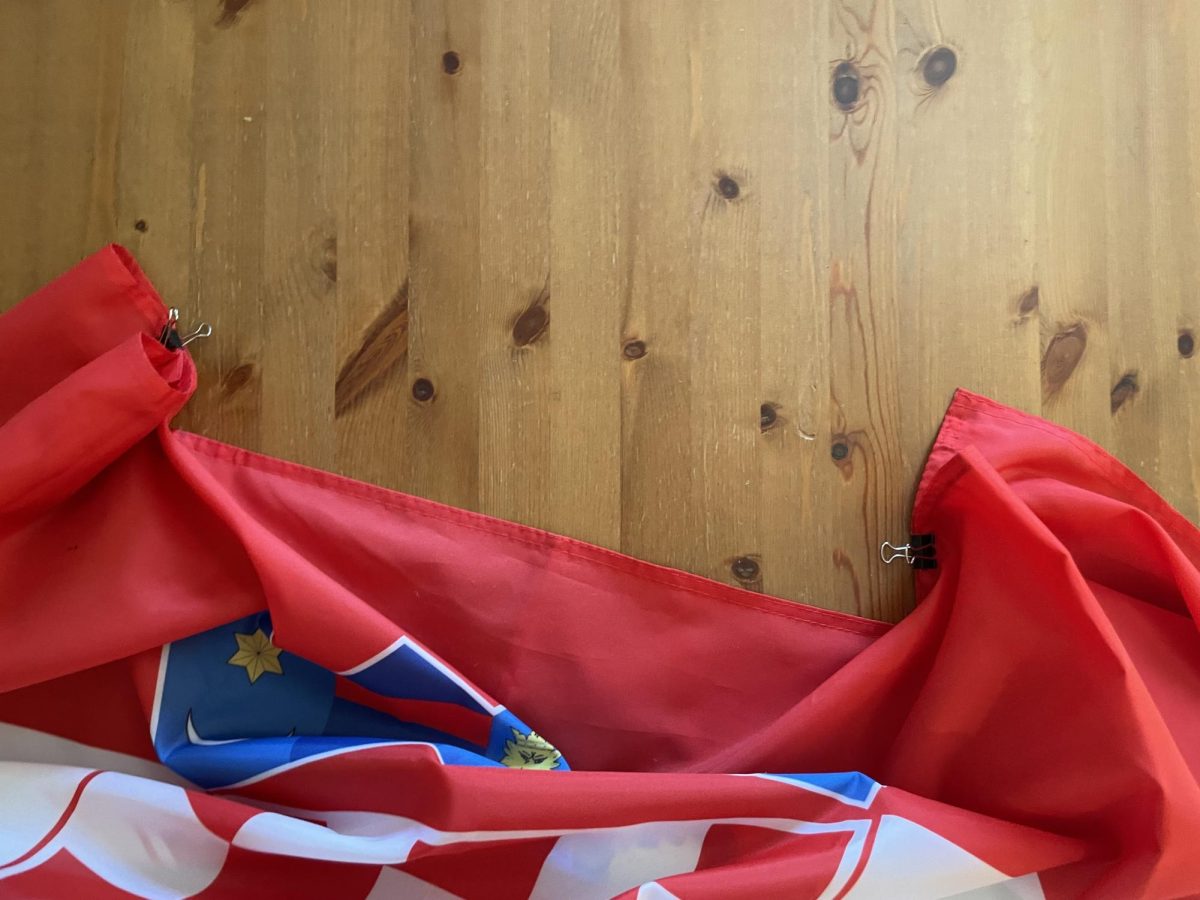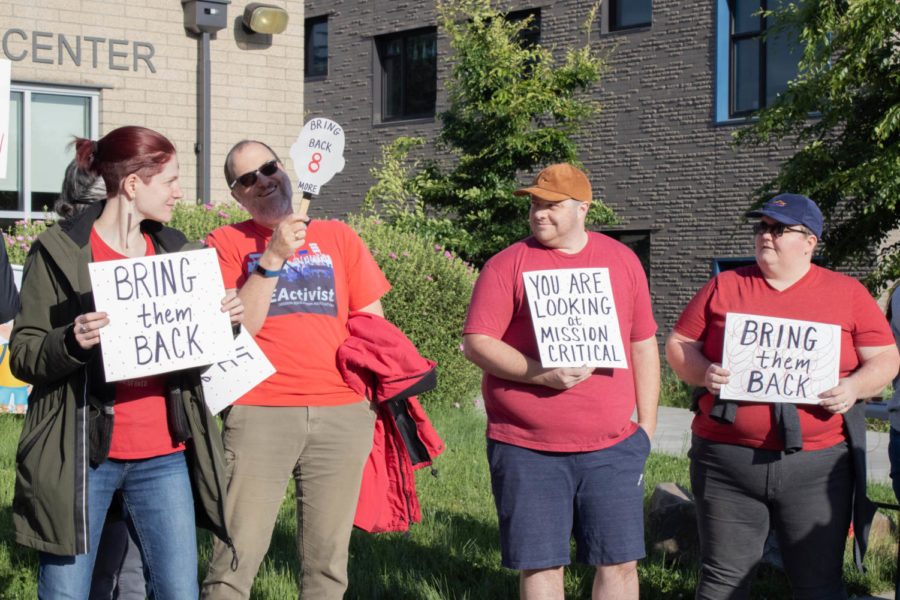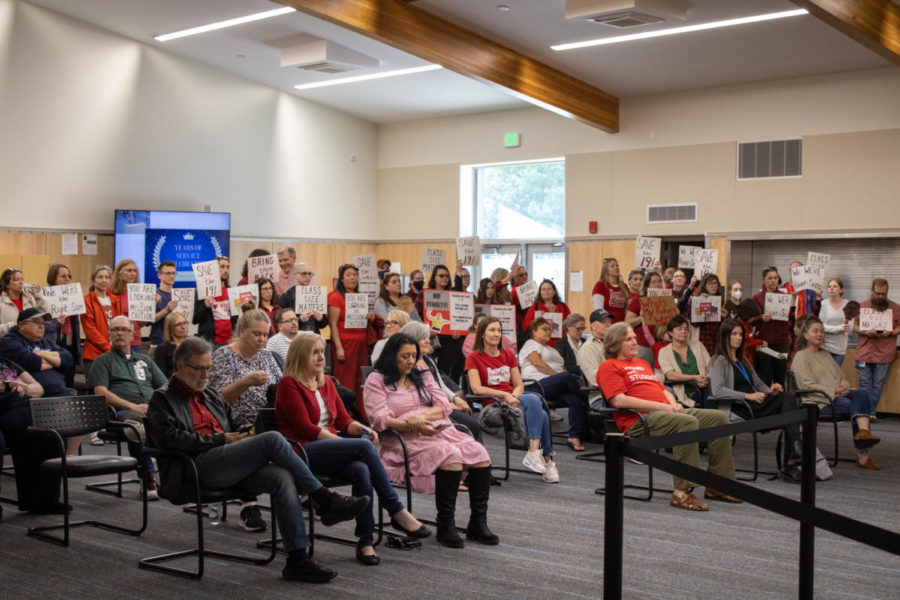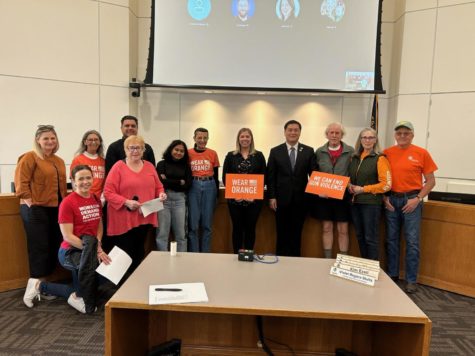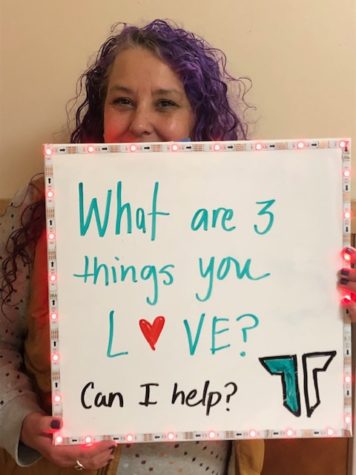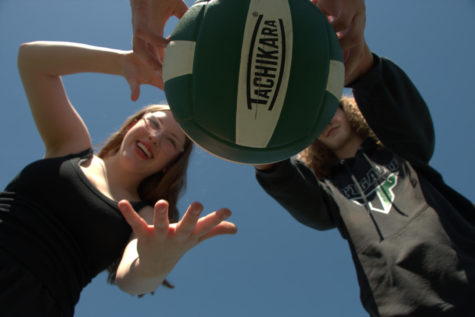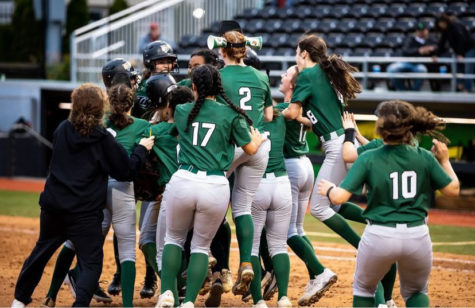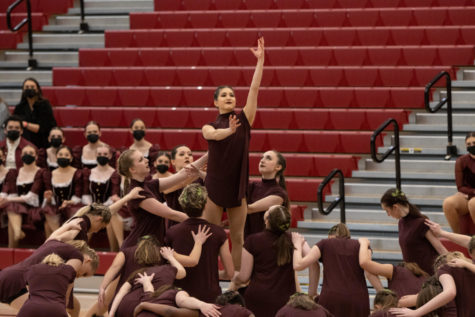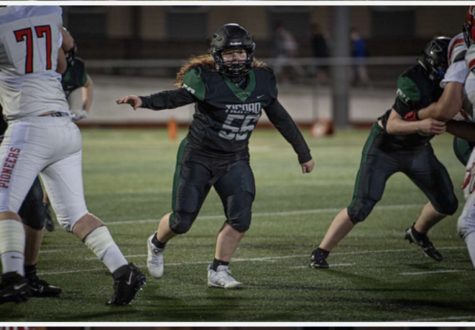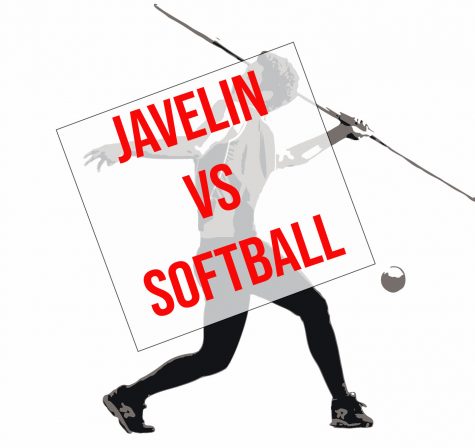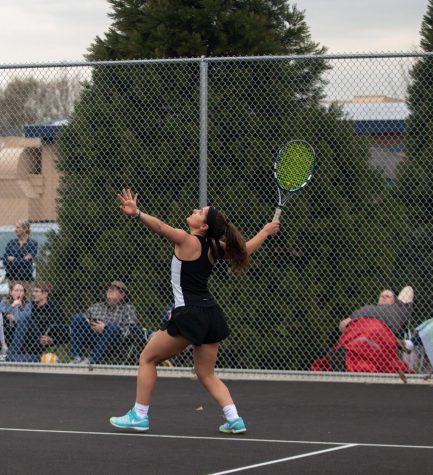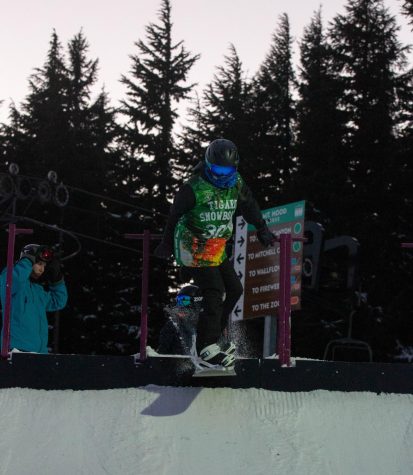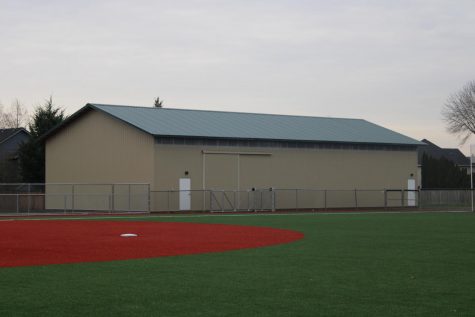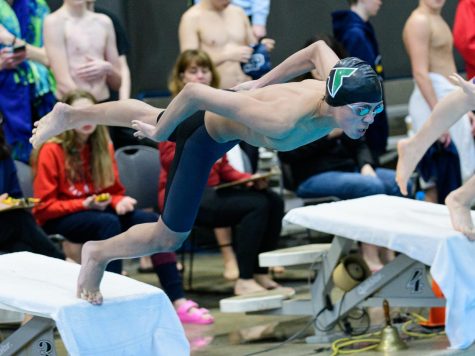Leveling the Playing Field
The varsity softball infield celebrates after getting an out on their home field.
May 5, 2016
Ten members of the Lake Oswego girl’s softball team, student athletes ranging in age from 14-18, have filed a Title IX lawsuit against the Lake Oswego School District.
Title IX, part of the 1972 Education Amendment Acts, states “no person in the United States shall, on the basis of sex, be excluded from participation in or be denied the benefits of, or be subjected to discrimination under any education program or activity receiving federal financial assistance.” It seems simple, not even focused on sports, but how it is applied to leveling the playing field in sports is complicated and full of interpretations.
The controversial issue at Lake Oswego is that the girl’s softball team doesn’t have equal facilities to the boy’s baseball team. Specifically, the lawsuit claims the baseball team has access to an on-campus, enclosed hitting facility with state of the art pitching machines. The girls don’t. The baseball stadium has a dugout with drinking fountains, a press box with a sound system, and a usable bathroom for players and fans while softball plays on an off-campus middle school field and doesn’t have any of those amenities. The baseball team has a concession stand where they have an opportunity to fundraise; the softball team doesn’t have that either. Baseball also has access to an athletic trainer and medical supplies during the games. It is also outlined in the lawsuit that the boy’s baseball team has their own locker room while the girls share a “team room” with other female athletes.
In our own district, teacher and volleyball coach Jesse Abell has been involved in girl’s sports and understands the complexity of being fair to both sexes. He weighed in on what is happening at Lake Oswego.
“I don’t think it’s usually blatant and purposely sexism, but I think it’s institutional sexism, and it’s a lot more evident in sports,” said Abell. “There just isn’t as much interest in girl’s sports; there’s not enough money put into them, there’s not as many athletes that go into them, so then again, I don’t know if that’s purposeful or if it’s just that there’s less interest, and not just by the systems, the athletes as well.”
Abell has obviously thought about the issue of institutional sexism deeply because he had more to say on the issue. He believes that as a society we have good intentions but still have work to do to eliminate sexism completely.
Relating to the issue at Lake Oswego, do our softball girls here at Tigard feel the same way? Do they feel like there is an equal playing field?
Junior and varsity softball player Kaitlyn Nunn explained that problems arise between baseball and softball over who gets practice space in the rain. According to her, the boys get first dibs. “They get to pick what time they want; they get to go first, so we don’t have turf or we don’t have the gym space. The boy’s want it; we can’t have it, so we basically have no where to practice, so that’s unfair,” said Nunn. She’s been playing softball for years. So when asked if she saw any inequity in the THS softball program, she talked about some of her concerns.
“Most of the time it’s okay but there are some unsafe things like they have their big hitting facility inside; they gave us one, but it’s in the top of the stadium and it’s super dangerous. I’ve hit my head so many times and the railings are so unstable. Certain things need to be fixed,” said Nunn. Another safety concern that Nunn cites is nets to keep the softball players from hitting foul balls into the javelin area. She says they were promised nets first but they went to the boys first instead.
That’s Nunn’s perception as a player. But someone with a bigger lens on the whole program is Alan Boschma. He has been at Tigard High for seven years as the Athletic Director.
“Title IX is complicated and has to do with balancing the playing field and having opportunities for both genders, not just girls. In some schools the girl’s program is promoted more than the boy’s program. For us we offer the same opportunities for everyone and so it’s critical that it happens,” said Boschma. “Our district has actually been really proactive, when it comes to Title IX. If you look at our girl’s locker room and team room for basketball, it may be one of the nicest locker rooms in the state; it’s nicer than any of our boy’s locker rooms.”
In concern to the boy’s baseball dugout facility, Boschma also gave us his input. He explained that there are many misunderstandings about how it seems like it was just handed to the boys, but in reality it was a process of hard work and fundraising from the boys and their families.
“There are no district dollars or school dollars that have gone into [the baseball facility]. But an outside parent…might [say] ‘Oh the district built them a new building; well that’s not fair. Softball didn’t get it,’ That’s not the case. Softball did not build a new dugout facility like baseball as they had different needs,” said Boschma.
He explained that because softball doesn’t have as many participants as baseball and the game is different as well, they don’t have the same facility needs. “Even though the programs are different, every student athlete deserves the same opportunity through athletics. We will continue to evaluate every program to provide those opportunities,” said Boschma.
Yet another perception of the issue of equity comes from Connie Jolley. Jolley, head coach and director of softball, understands the facility issues that the Lake Oswego softball team is facing.
“Our district has been addressing those type of issues for [some time]. This year they’ve made a lot of progress; it’s a work in progress,” said Jolley.
She’s been coaching at Tigard since 2000. More than anyone she knows what’s happening with the softball program, and she has a strong understanding of how Title IX laws should be followed.
Jolley explained that as far as Title IX is concerned it doesn’t matter where money for a team comes from–fundraising or district dollars–the school has to provide equal access and equal opportunity for sports of both genders.
In other words, the law says that if a school builds a hitting facility for the boys, even though it was built with money that was raised through concession sales and other fundraising sources, the school must provide equal access or opportunity for the girls.
“Our [softball] facility is in a location that because of [proximity to] the neighborhood, we cannot build a structure,” said Jolley. “So the reason we didn’t fundraise for hitting cages, is we can’t build them.” The girl’s softball program is in an interesting dilemma because of their location, further from the school than the baseball field and right next to the houses that are in the neighborhood behind the school.
According to Jolley there could be a simple way to create real parity between the programs. If the softball field was relocated from the edge of campus to a more central location near the baseball field, the softball team, like the baseball team, would be able to fundraise to build permanent structures.
Currently softball has a trailer that serves as a snack shack because neighborhood building codes prevent a permanent structure.
And the codes also prohibit covering the batting cages. A new location would eliminate that.
“If we were given the opportunity to fundraise for hitting facilities and they said ‘Here’s your land, build it!’ we would have fundraised.”
Talking to Jolley makes it clear that it is a complicated situation.
Even with unlimited funding, following Title IX laws can become difficult when schools are landlocked or have to follow neighborhood building codes.
From all perspectives one thing is clear. The Tigard softball team and the athletic department are acutely aware and understand the struggles and frustrations of its league rival, Lake Oswego.
What happens with Lake Oswego’s lawsuit is worth watching and will potentially have a ripple effect on how other nearby districts allocate money and field space for sports.



